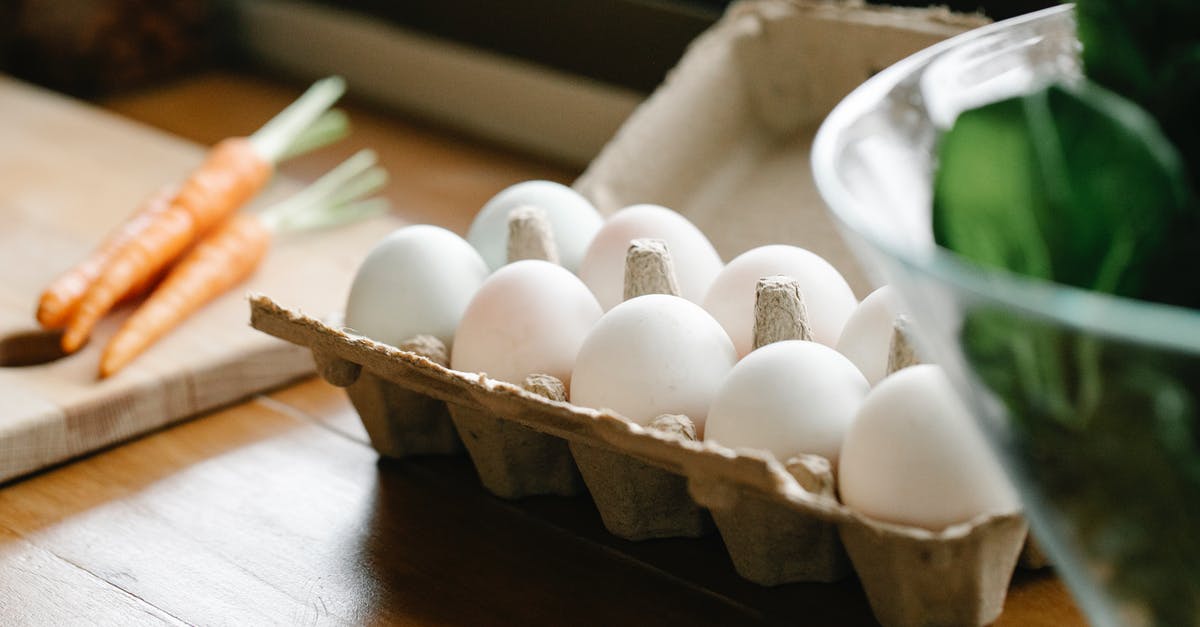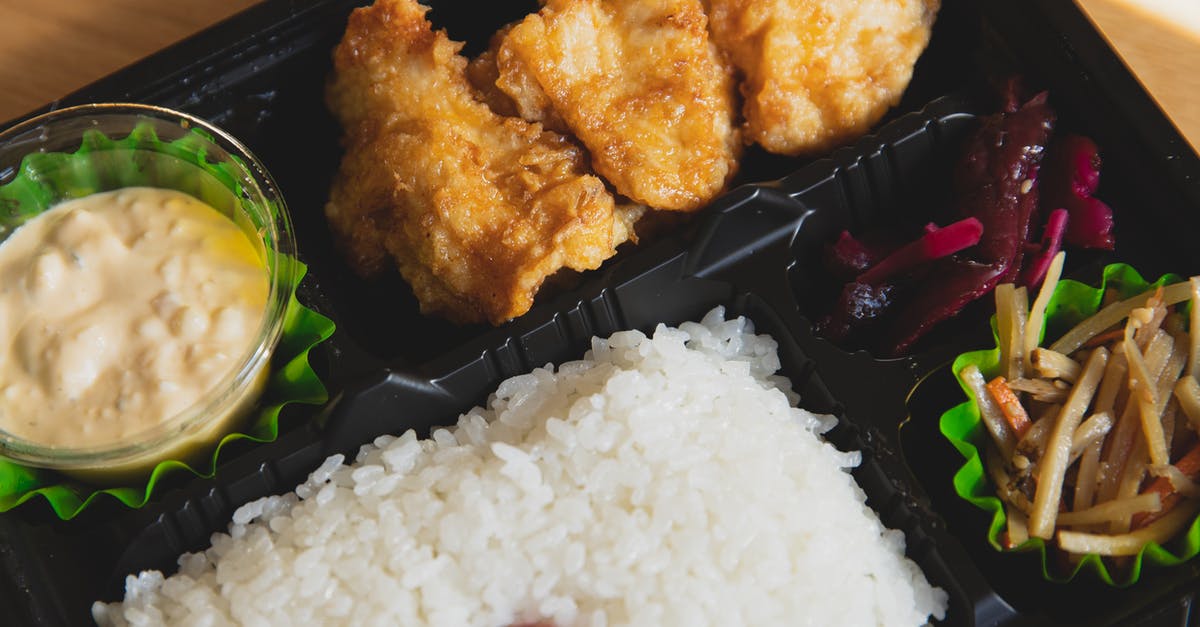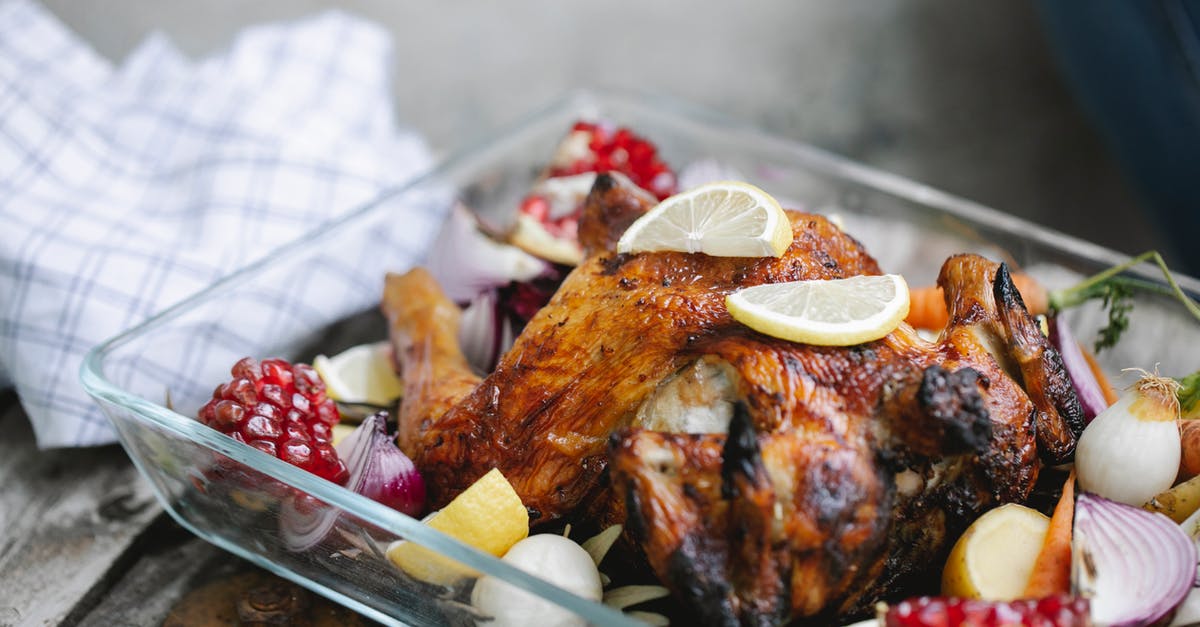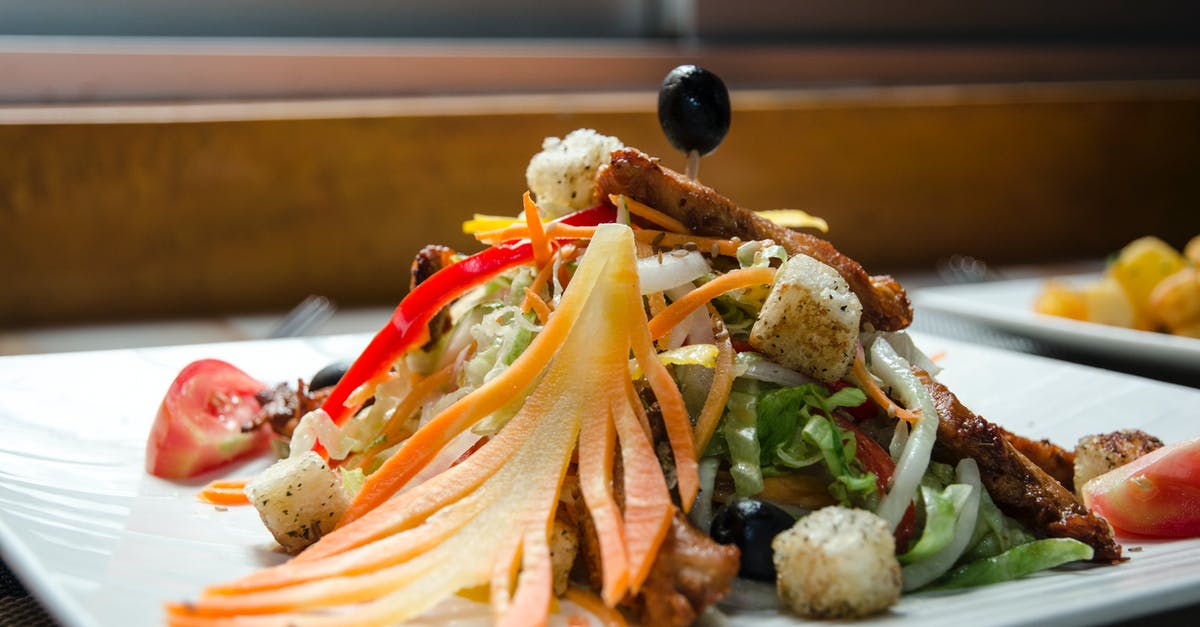How to prepare chicken tartare?

One of my favorite dishes is steak tartare with fried bread, garlic, capers, beets and raw egg yolk. I would like to try chicken tartare (food safety issues aside - I'm aware of the risks); however, I don't think that garlic, beet and caper match with chicken meat.
Another difference would be the difference in texture between chicken and beef - I can't imagine it is possible to scrape the chicken meat as I would do with beef.
My two questions are:
What preparation method for raw chicken would lead to the most pleasant texture? Sliced, minced, diced, mashed, etc.?
What accompaniments would pair best with this dish?
Best Answer
As with all raw-meat or sushi dishes, this will never be 100% safe to eat; at best we are talking about a calculated food safety risk, with steps taken to mitigate that risk when possible. For this reason, it is CRUCIAL that the chicken be kept at fridge temperature as much as possible. When cutting, use a pre-chilled cutting board if possible, and serve immediately. For extra safety, blanch the chicken to kill surface pathogens, and slice off the cooked exterior.
Given the slimy, gelatinous texture of raw chicken, I believe the best results would come from finely dicing the chicken (small cubes) or very thinly slicing it. These approaches seem to work well for sushi and tuna tartare, which have similar textures. As with sushi, you need a shaving-sharp knife to get clean cuts.
For flavorings, your goals are twofold: add flavor and kill pathogens. An acidic sauce or marinade is obligatory, to reduce the pH below 4 and render it hostile to pathogens. The acidity should also reduce the slight sulfurous notes in raw chicken, by reacting with the sulfur in the molecules and making them less volatile. Taken to an extreme, this could produce a result much like ceviche, where the acid denatures the proteins and produces a texture akin to cooking. Fresh cut, finely-minced garlic is delicious and also hostile to pathogens. Many aromatic herbs also have antimicrobial properties, with fenugreek being a notable standout in this area.
There are a couple ways you could develop this into a full dish from there:
- Do it up like a ceviche: fresh lemon/lime juice, garlic, chili flakes, onions, salt, and maybe a little cilantro or coriander.
- Go European: white wine vinegar, thyme, rosemary, parsley flakes, garlic, black pepper, salt, and maybe a little olive oil
- Go sushi! Marinate it in rice wine vinegar, soy sauce, and spices, and serve it in sushi rolls, accompanied with a LOT of wasabi and pickled ginger. Those condiments help mitigate the food safety risk with their antimicrobial/antiparasite properties.
- Go sushi part 2: marinate it as above, but serve alone with a horseradish-based sauce containing lemon. EDIT: Apparently there is a real recipe along these lines. Toriwasa, or chicken sashimi. I found several recipes using wasabi (horseradish), soy sauce, parsley, and sake. The chicken's exterior is cooked, but the interior remains raw.
I should add a couple caveats to this: I have serious doubts about raw chicken as an ingredient, even with the best cooking possible. At best I think it will be edible but not delicious. The problem is that raw chicken is incredibly bland, and where it isn't bland, it has an unpleasant, slightly sulfurous flavor. The texture is somewhat off-putting too. I might be wrong, of course, but I think this is better handled as a theoretical exercise and not an actual dish. If you try any of these ideas and get food poisoning, it's your own dang fault for eating raw chicken... you boob.
Pictures about "How to prepare chicken tartare?"



How is chicken tartare made?
IngredientsCan you make chicken tartare?
Chicken breast tartare is very tender and somewhat sweet, and the soft texture reminds us of a scallop or beef tenderloin. We like to pair ours with picholine olives, fresh shiso leaf, and a bit of ChefSteps Mayo No. 4, but you can add any garnishes your heart desires.Why is there no chicken tartare?
But eating raw chicken doesn't just expose you to the potential of salmonella. The meat also carries a number of bacteria \u2014 Escherichia coli, Campylobacter jejuni, Enterococcus, Staphylococcus aureus, and Listeria monocytogenes \u2014 which can cause nausea, diarrhea, vomiting, and fever just a day or so after ingestion.How do you make raw chicken edibles?
There was only one way to find out: Pour a cold glass of vodka (antiseptic) and array six chicken breasts on the counter. Leave one raw and roast the others how we like our steak: rare, medium-rare, medium, medium-well, and the USDA's recommended temperature for chicken, 165 degrees. And eat them.Making Raw Chicken Safer
Sources: Stack Exchange - This article follows the attribution requirements of Stack Exchange and is licensed under CC BY-SA 3.0.
Images: Sarah Chai, Ryutaro Tsukata, Tim Douglas, Zo Willibrord
